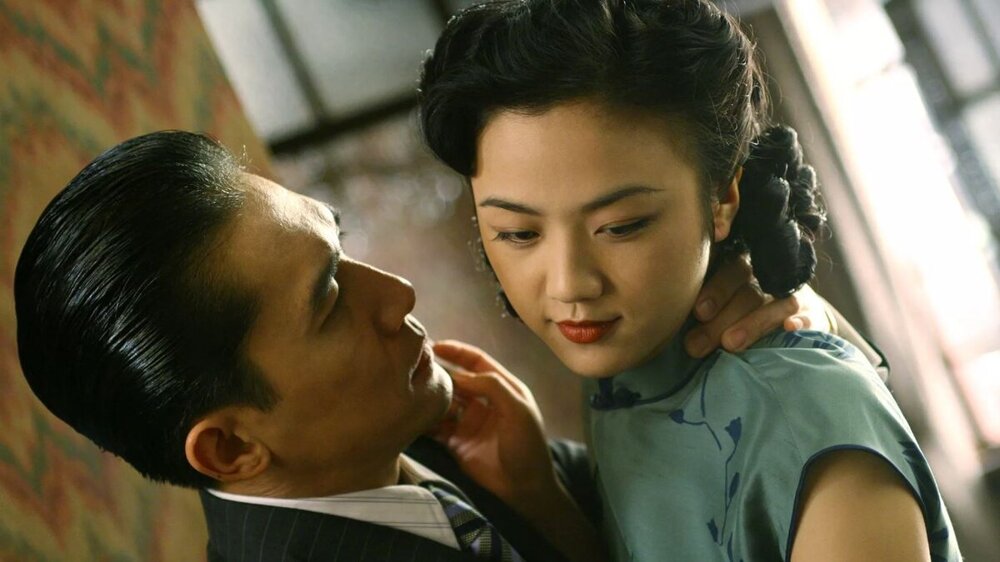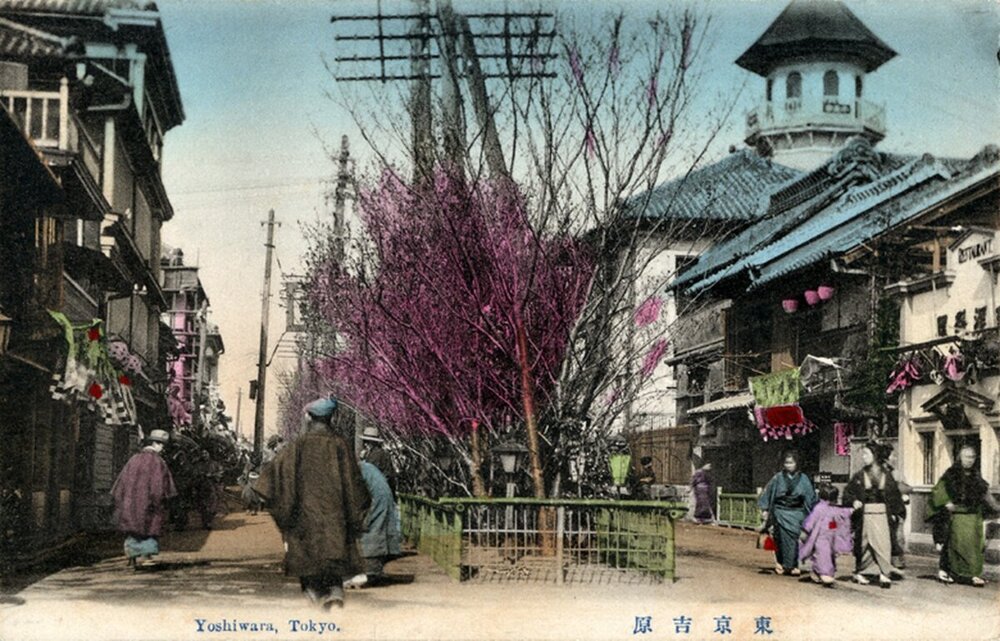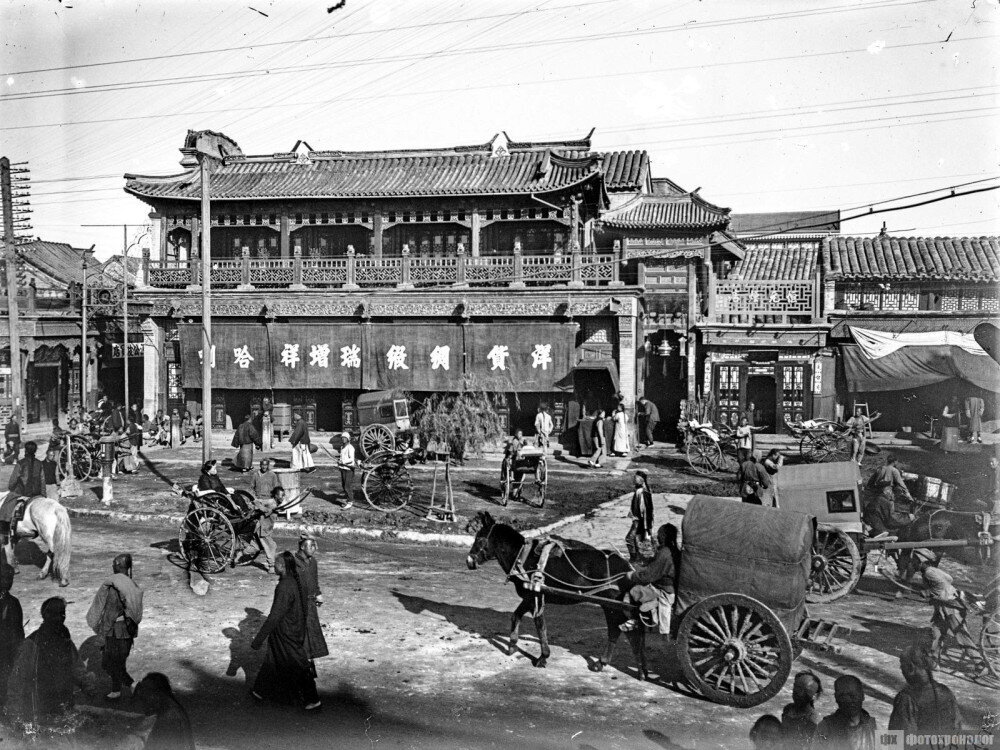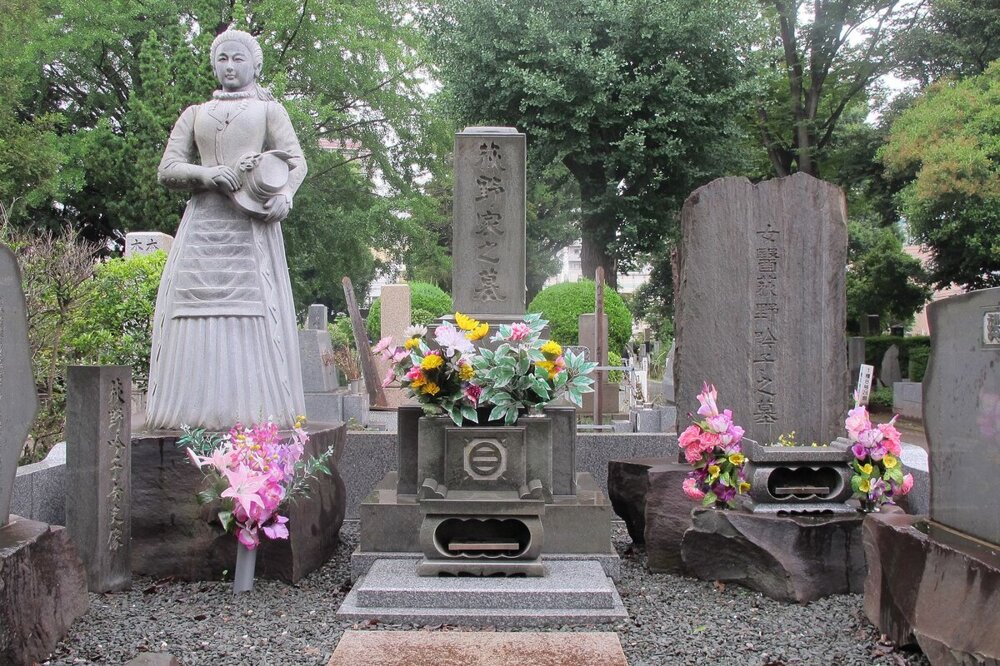Ogino Ginko, the first female doctor to practice Western medicine in Japan (5 photos)
“Let me go!” the beauty begged. “After all, you just returned from the house of red lights!” But the husband did not listen: he decided to collect his marital debt at all costs. Laughing, Kanichiro dragged his wife into the bedroom. Unhappy Ginko prayed: if only her husband would not bring anything from the “fun” house! 
For illustrative purposes.
On April 4, 1851, in the Japanese city of Tawarasho, Musashino Province (now the city of Kumagaya), a girl named Ginko was born into the prosperous and respected merchant family of Ogino.
Ginko was the last, seventh child of her parents. Ogino's eldest children - two boys and four girls - grew up to be the pride of their parents. Father and mother hoped that the youngest would not disgrace them.
In 1867, Ginko's parents married him to banker Kanichiro Inamura, who was twice his age.
Kanichiro, having married, did not give up his old habit of visiting the red light house, located on the outskirts of Tawarasho. At the same time, the banker in no way renounced his legal right to his wife. Unhappy Ginko, who knew where her husband had returned from, begged him to leave her alone, but he still dragged the beauty to the bedchamber.
In 1870, Ginko showed symptoms of a disease that was considered shameful in Japan at that time: Japanese people were convinced that only workers of “fun” houses suffered from such a disease. The 19-year-old beauty was in complete despair! Her body suffered greatly, but she could not receive treatment - and she could not even admit her suffering! 
Yoshiwara (Red Light District) in Tokyo, 19th century.
Finally, Ginko finally went to the doctor. Of course it was a man. The doctor diagnosed him with gonorrhea. The young beauty had to go through humiliating procedures and listen to insulting speeches about the need to lead a “more moral life.”
The saddest thing is that the doctor was unable to cure the patient. Returning home, Ginko packed her things and went to her parents - she could no longer be under the same roof with her dissolute husband.
Father and mother were shocked by the arrival of their daughter, because in 19th-century Japan, a divorced woman suffering from a shameful illness was definitely considered a “butterfly.”
Compared to Ogino's other children, who became good wives and successful merchants, the unfortunate Ginko looked like a real disgrace to the family. The father insisted that the daughter immediately return to her husband, but the mother, a wise and insightful woman, sided with Ginko. Madame Ogino helped her daughter file for divorce from a banker.
After the divorce, Ginko began to live with her parents again. It was hard for her. Not only did the disease constantly make itself felt, but the neighboring boys began to shout at the top of their lungs, “Contagious!”, as soon as the young woman appeared on the street.
Ginko began to completely avoid men. It is not surprising: one man, her legal husband, “rewarded” her with a serious illness, another, a respected doctor, ridiculed Ginko, but helped practically nothing.
Because of the misfortunes that befell her, the young woman fell into depression. Relatives feared that Ginko would go crazy or commit suicide. However, this did not happen. On the contrary, the “contagious” woman had a goal: she decided to become a doctor and treat women from “shameful” diseases! Moreover, Ginko was going to learn Western medicine, not Japanese, which never helped her. 
Ginko Ogino.
In 1873, Ginko went to Tokyo, where she entered the Yorikuni Inoue Medical School. Studying was easy for student Ogino - she grasped everything on the fly. Of the 74 girls who dared to enroll at Yorikuni Inoue, only 15 were able to reach the end. And only Ginko graduated with honors.
But Ogino did not stop at this achievement. In 1878, she entered medical university in Tokyo, where she was the only woman. Ginko had to face many prejudices and difficulties, but in 1882 she still received her long-awaited, hard-fought diploma.
Ginko wanted with all her heart to get to work, to help people, but that was not the case! Authorities did not allow Ms. Ogino to take the examination to become a medical practitioner because of her gender. The woman had to take extreme measures: Ginko came with a poster to the government building, drawing the attention of journalists to her problem. Soon she was allowed to take the exam, which she successfully passed. Thus, Ginko Ogino became the first officially registered female doctor in Japan. 
Tokyo, 19th century.
By that time, no one would call Ginko “contagious”: she completely cured her illness using the methods of European medicine. In 1885, Mrs. Ogino opened her own medical office in the Yushima area, aimed at women. Ginko was approached by respectable mothers of the family, and geishas, and street “butterflies”, and the same unfortunate girls as she herself once was.
Ogino had long given up on herself in terms of her personal life, but, as it turned out, in vain. In 1890, she met and married the utopian Protestant priest Yukiyoshi Shikato.
Ginko could not have children, but in 1893 the couple adopted the son of Yukiyoshi's sister Shikato, who died during a difficult birth.
The Shikato family lived in an excellent house on the island of Hokkaido. Here Ginko had an extensive private practice.
In 1906, Yukiyoshi died, and Dr. Ogino returned to Tokyo, where she was appointed chief physician of one of the city's hospitals.
Many women worked under Ginko’s leadership - and she called this the main achievement of her life.
Dr. Ogino worked tirelessly at the hospital, she saved thousands of patients, and passed on her knowledge and skills to young doctors.
On June 23, 1913, Mrs. Ginko Ogino, Japan's first female doctor, died of atherosclerosis at the age of 63. The doctor was buried in the famous Zoshigaya cemetery, where a monument to Ginko was erected, which later became a cult place for Japanese doctors. 
Grave of Ginko Ogino.
This was the fate of a woman who, at a young age, was infected with a dangerous disease by her husband, but she was not only able to recover herself, but also began to treat others.






























